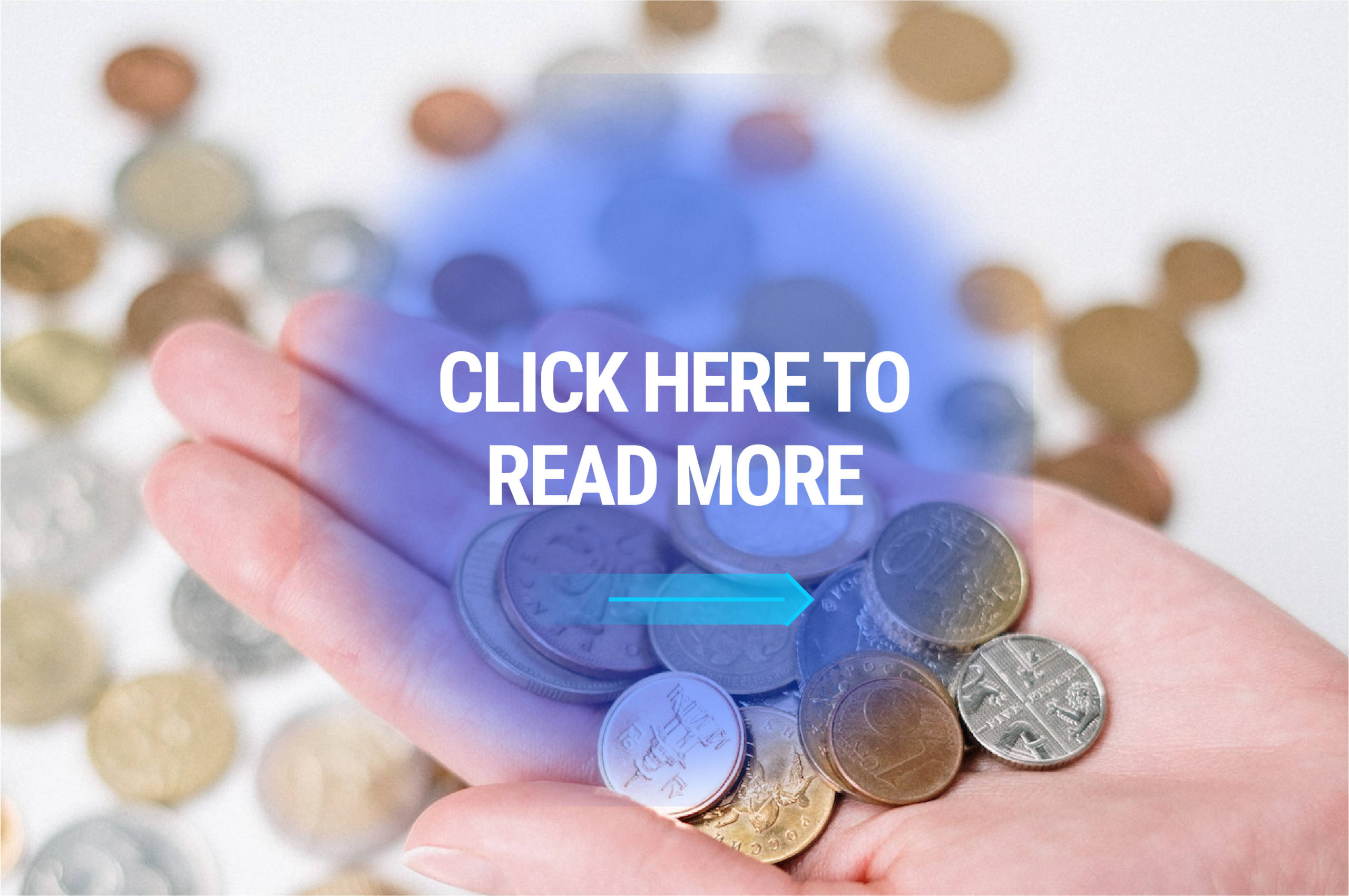In the world of vendor invoice management, the choice between an electronic invoice and a PDF invoice can have a significant impact on efficiency, accuracy and cost. Both types of invoices have their advantages and disadvantages, and the right choice depends on the needs of the business and its Vendor Invoice Management process.
Electronic invoices (E-Invoices)
Electronic invoices, or e-invoices, are invoices that are sent and received electronically in a standardized format. They are usually created using specially designed software and transmitted via email, FTP (File Transfer Protocol) or a secure web portal.
The benefits of electronic invoices include:
- Increased efficiency: electronic invoices can be processed and approved much faster than traditional paper invoices, reducing the time it takes to pay vendors.
Improved accuracy: electronic invoices reduce the risk of errors and discrepancies because they are automatically populated with data from purchase orders and other sources. - Increased security: electronic invoices are more secure than paper invoices because they are encrypted and transmitted through secure channels.
- Lower costs: Electronic invoices eliminate the need to print, mail and process paper invoices, saving money in the long run.
Disadvantages of electronic invoices include:
- Technical requirements: To use electronic invoices, businesses must have the appropriate software and technology, which can be expensive and complex.
- Dependence on technology: electronic invoices are technology-dependent, and there may be outages and other problems. If the technology is not available, the invoices cannot be processed.
- Compatibility issues: electronic invoices may not be compatible with all accounting software systems, which can result in manual data entry or additional costs to integrate with existing systems.
Invoices in PDF format
Invoices in PDF format are invoices sent and received as PDF files either via email or through a secure web portal. They are created using software such as Microsoft Word or Adobe Acrobat and then converted to PDF format for transmission.
The advantages of invoices in PDF format include:
- Universality: PDF files can be opened on any device that has a PDF reader, making them easy to view and share.
- Flexibility: PDF invoices can be branded with trademarks, logos, and other design elements, making them suitable for businesses with special branding requirements.
- Ease of use: PDF invoices are easy to create and submit, requiring no special software or technical expertise.
The disadvantages of PDF invoices include:
- Limited functionality: invoices in PDF format are not interactive, meaning they cannot be automatically populated with data or used for automatic approvals.
- Higher risk of inaccuracies: Invoices in PDF format are prone to human error because they are typically created and processed manually.
- Security concerns: PDF invoices are typically transmitted as email attachments, which are not as secure as encrypted electronic transmissions. In addition, PDF files can be easily manipulated or edited, which increases the risk of fraud.
Fast conclusion
On average, electronic invoices are processed up to 80% faster than PDF invoices, saving businesses significant time and improving operational efficiency. This is due to the automation and streamlined process of e-invoicing, which eliminates manual data entry, reduces the risk of errors and provides a real-time overview of the invoicing process. By using e-invoicing, businesses can significantly speed up their invoice processing and make it more efficient, resulting in significant cost savings and improved cash flow.
An average business can save up to $10-$15 per invoice by switching from paper invoices to electronic invoices. For a company that processes 5,000 invoices annually, this equates to an average savings of $50,000 to $100,000 per year.
Interesting facts and statistics that illustrate the differences between PDF and electronic invoices:
Processing time:
Electronic invoices can be processed up to 70% faster than traditional paper invoices, reducing the average processing time from 15-20 days to just 5-7 days.
Accuracy:
Electronic invoices are up to 99.5% accurate, compared to an average accuracy of only 90% for manual invoice processes.
Cost savings:
An average business can save up to $10-$15 per invoice by switching from paper invoices to electronic invoices. For a company that processes 5,000 invoices annually, this equates to an average savings of $50,000 to $100,000 per year.
Green initiatives:
E-invoicing can help companies meet their sustainability goals by reducing paper use and waste. For example, a company that processes 10,000 invoices annually can reduce paper consumption by 10 trees and save 1.5 tons of CO2 emissions.
Security:
Electronic invoices are more secure than traditional paper invoices because they are encrypted and transmitted through secure channels. They are also less susceptible to fraud because they cannot be altered or manipulated as easily.
Penetration rate:
E-invoicing is becoming increasingly popular, with an adoption rate of 60-70% expected by 2023. In contrast, the acceptance of manual invoicing is expected to decline to only 30-40% over the same period.
Storage:
Electronic invoices take up virtually no physical storage space because they are stored electronically. In contrast, paper invoices can take up large amounts of storage space, especially for companies that process a large number of invoices.
Data analysis:
Electronic invoices are easier to analyse and use for valuable insights because the data they contain is structured and easily accessible. In contrast, paper invoices can be difficult to analyse because the data they contain is often unstructured and difficult to access.
Error rate:
The error rate for electronic invoices is usually much lower than for paper invoices, as the structured data format helps to minimise data entry errors and reduce manual intervention.
Accessibility:
Electronic invoices can be accessed from any location with an internet connection, making them easily accessible to everyone involved in the invoicing process. In contrast, accessing paper invoices can be difficult, especially for remote staff or partners.
Payment processing:
Electronic invoices can be processed much faster than paper invoices because they are transmitted and processed electronically. This can lead to faster payment times for suppliers and improved cash flow for the company.
Integration:
Electronic invoices can be easily integrated with other business systems such as ERP and accounting systems to ensure a seamless and efficient invoicing process. In contrast, paper invoices can be difficult to integrate as they require manual data entry and are prone to errors.
These statistics demonstrate the significant benefits that e-invoicing can bring to businesses in terms of efficiency, accuracy, cost savings and security. By carefully weighing the pros and cons of both options, CFOs and vendor invoice management professionals can make an informed decision that best supports their overall goals.
How to convert PDF Invoice to Electronic invoice?
These solutions typically use optical character recognition (OCR) technology to scan and extract data from PDF invoices. This data is then converted into a structured format such as XML or EDI. The structured data can then be transferred electronically and processed directly in the recipient’s accounts payable system (AP), streamlining the invoice processing process and reducing the risk of errors and manual intervention.
Here are some examples of solutions that offer this type of functionality:
Invoice processing software:
This type of software can automate the entire invoice processing workflow, including the conversion of PDF invoices into electronic invoices.
OCR software:
This type of software can be used to scan and extract data from PDF invoices, which can then be converted into a structured format and transmitted electronically.
Managed service providers (MSPs):
MSPs specialise in providing end-to-end invoice processing services, including the conversion of PDF invoices into electronic invoices.
By using these solutions, businesses can reap the benefits of e-invoicing even if they currently use PDF invoices. However, it is important to check the compatibility and suitability of each solution with the company’s existing systems and processes, as well as specific requirements and objectives, before making a decision.
E-invoicing “rocks”. So why do companies still opt for PDF invoices despite the benefits of e-invoicing?
- Outdated systems: Some companies have legacy systems that are not capable of handling electronic invoices and therefore continue to use PDF invoices.
- Technical challenges: Implementing electronic invoicing systems can be complex and require significant IT resources, especially if the company has a large number of invoices to process. This can be a barrier for some companies, especially if they do not have the resources to invest in new technologies.
- Lack of standardisation: Although e-invoicing has been around for some time, there is still a lack of standardisation of the format and structure of e-invoices, making it difficult for some businesses to adopt e-invoicing.
Resistance to change: Some businesses may be resistant to change and prefer to continue using traditional invoicing methods such as PDF invoices, even if there are better alternatives.
- Costs: The introduction and use of e- invoicing systems can be expensive, especially for smaller companies. This can be a barrier to adoption as businesses may not be able to justify the cost of investing in a new technology.
We have revolutionised the way invoices work
We would like to introduce you to a new and innovative solution that can revolutionise the way your business handles invoices. Our software solution offers a simple and efficient way to convert PDF invoices into electronic invoices, allowing you to benefit from the many advantages of electronic invoicing.
With our software, you can expect an affordable, fast and effective solution to quickly convert your PDF invoices into structured, digital formats. This allows you to streamline your invoicing process, improve data accuracy and access invoices anytime, anywhere.
Our software solution is specifically designed to meet the needs of businesses that process a high volume of invoices. With our user-friendly interface and intuitive design, you can convert your PDF invoices into electronic invoices in just a few minutes.
What’s more, our software solution is fully customisable to meet the specific needs of your business. Whether you want to add custom fields or integrations with other systems, we have the solution for you. Our solution is also scalable, so you can be sure it will grow with your business.
Do not let your invoicing process hold you back. Turn your PDF invoices into electronic invoices today with our simple and efficient solution. Contact us to arrange a demo and see for yourself how our software can help your business reach new heights.”
xtractor™ software for pdf data extraction
xtractor™ is a product developed by XCENTER DIGITAL. We created a simple, accurate, and fast process to transform and digitalize your documents. When extracting data with xtractor™ you will achieve 100% accuracy of the extracted information. This significantly cuts the costs of document digitalization, as it completely eliminates the need for manual work.

